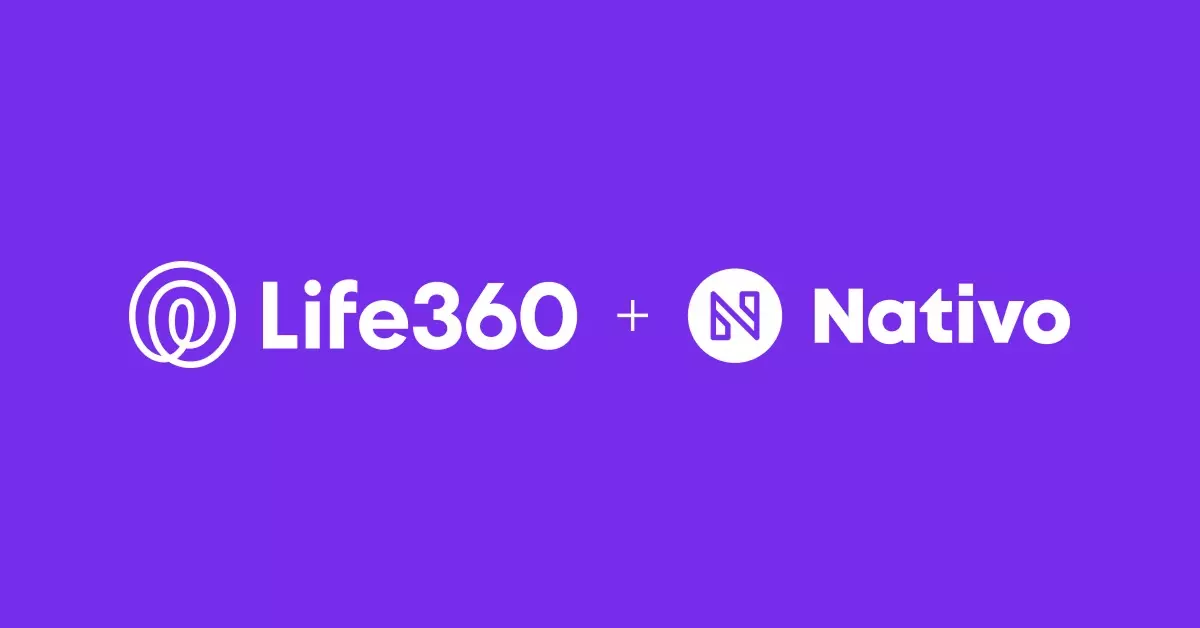AI Revolution in Advertising: Enhancing Campaign Performance with Machine Learning
.png)
The advertising landscape has undergone a dramatic transformation in recent years, thanks to the revolutionary impact of Artificial Intelligence (AI) and Machine Learning (ML). With the advent of sophisticated algorithms and powerful data analysis tools, advertisers are now able to take a data-driven approach to create, manage, and optimize campaigns like never before. The AI revolution in advertising has brought forth a new era of enhanced performance, targeting accuracy, and efficiency. In this article, we explore how AI and ML are revolutionizing the advertising industry, empowering marketers to achieve unprecedented campaign success.
The Power of Data-Driven Insights
Traditional advertising was often a hit-and-miss game, with advertisers relying on intuition and gut feelings to identify target audiences and optimize campaigns. However, the digital age has ushered in a wealth of data that can be harnessed to make informed decisions. AI and ML algorithms are capable of analyzing vast amounts of data in real-time, identifying patterns, and extracting valuable insights. This data-driven approach allows advertisers to understand consumer behavior better, anticipate preferences, and tailor messages to resonate with specific segments.
Hyper-Personalization: Targeting the Right Audience
One of the most significant advantages of AI in advertising is its ability to enable hyper-personalization. Gone are the days of generic advertising messages that target a broad audience. AI-powered systems can now process user data, such as browsing history, online interactions, and social media behavior, to create highly targeted campaigns that appeal to individual preferences. By serving the right message to the right audience at the right time, advertisers can significantly improve conversion rates and return on investment (ROI).
Programmatic Advertising: Efficiency at Scale
Programmatic advertising, fueled by AI and ML, has revolutionized media buying. Instead of manual negotiations and purchases, programmatic platforms use algorithms to automate the buying process in real-time. This automation streamlines ad placement, optimizing bids for maximum efficiency and relevance. Advertisers can target specific demographics, interests, and behaviors across a vast network of websites and apps. This efficiency not only saves time but also allows advertisers to adapt quickly to market changes and adjust campaigns on-the-fly for optimal performance.
Creative Insights and Content Generation
AI has also impacted the creative side of advertising. Machine Learning models can analyze past successful campaigns and consumer responses to understand the elements that resonate most with the target audience. This information can be used to inform the creation of new ad content and design, maximizing the chances of engaging potential customers.
Furthermore, AI-driven content generation tools are emerging, automating the process of producing advertising copy and visuals. While human creativity remains essential, AI can significantly speed up the content creation process and offer innovative ideas that humans may not have considered otherwise.
Predictive Analytics and Performance Optimization
In the past, advertisers often had to rely on trial-and-error to optimize campaign performance. AI-powered predictive analytics, however, can forecast the performance of ad campaigns based on historical data and real-time trends. By using predictive models, advertisers can allocate budgets more effectively, optimize bidding strategies, and identify potential bottlenecks or inefficiencies before they become problematic.
Enhanced Customer Experience
AI is not just a game-changer for advertisers; it also benefits consumers by delivering more relevant and engaging ads. By tailoring messages and content to individual interests, AI-powered advertising reduces ad fatigue and improves the overall customer experience. When consumers are presented with ads that genuinely resonate with their needs and preferences, they are more likely to engage positively with the brand, leading to increased brand loyalty and advocacy.
Ethical Considerations and Transparency
As the use of AI in advertising becomes more prevalent, ethical considerations and transparency become crucial aspects. Advertisers must ensure that consumer data is handled responsibly and that they comply with data protection regulations. Transparency in the use of AI algorithms and data collection practices is vital to maintaining consumer trust and fostering a positive relationship between brands and their customers.
Conclusion
The AI revolution in advertising has ushered in a new era of data-driven decision-making, hyper-personalization, and campaign efficiency. Nativo has leveraged the power of AI and ML, allowing advertisers to reach the right audience with the right message, enhancing customer experiences, and providing optimized performance like never before, all without the need for cookies. As AI continues to advance, Nativo’s solutions will continue to be at the leading edge, using innovative technology while maintaining ethical practices to build trust and long-lasting connections with your target audience.
See what's possible with Nativo. Fill out the form below to schedule a free demo with one of our dedicated experts.


.jpg)

